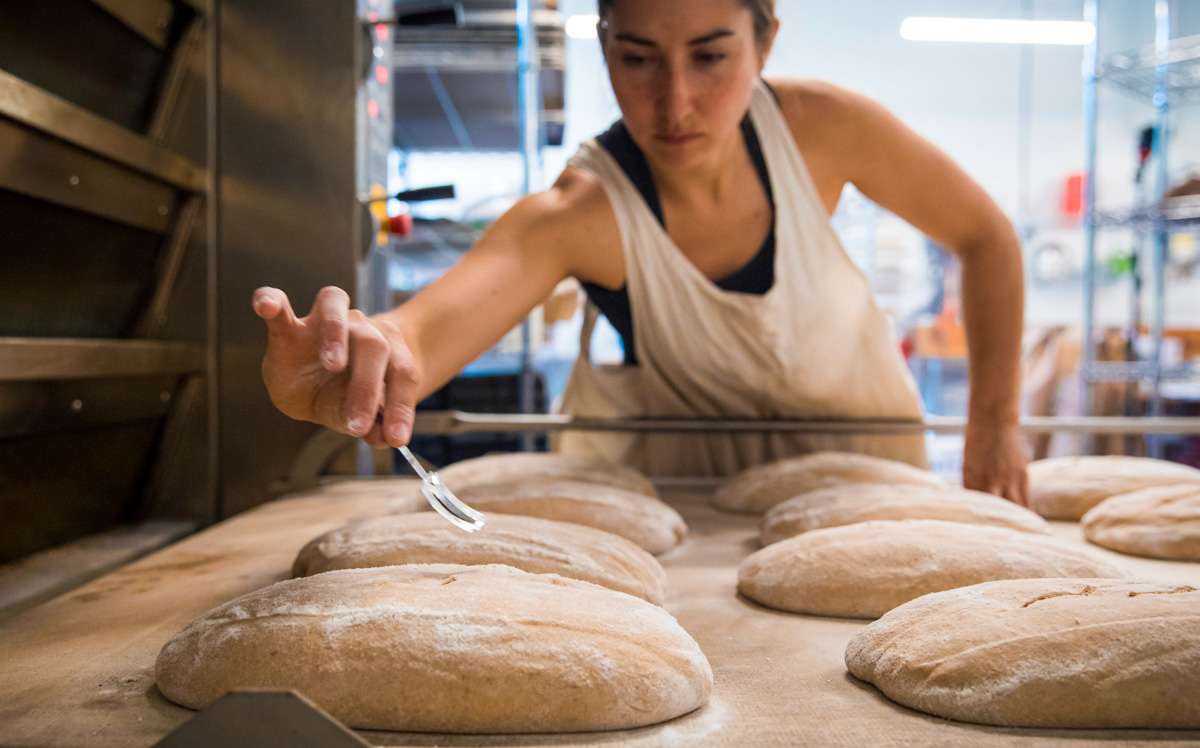
Going with the grain: Central Maine's grain economy is expanding across the state
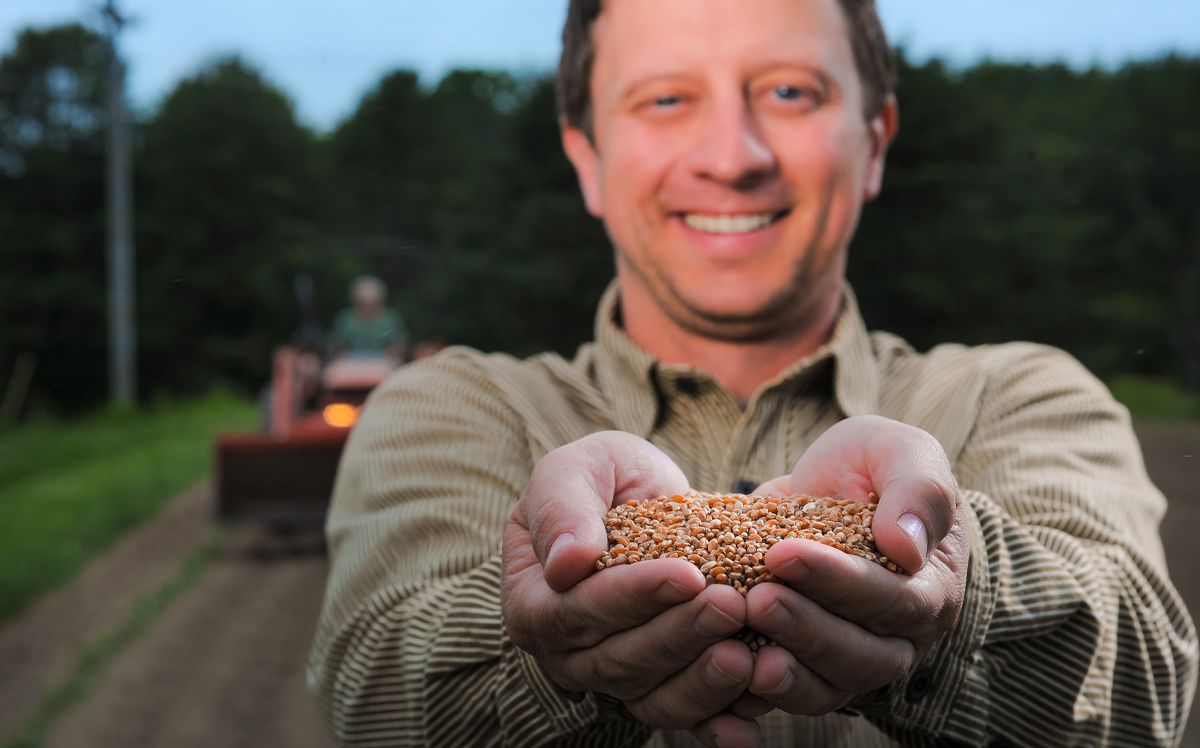 Photo / Fred J. Field
Tristan Noyes is executive director of Skowhegan-based Maine Grain Alliance, which has helped find new markets for grain.
Photo / Fred J. Field
Tristan Noyes is executive director of Skowhegan-based Maine Grain Alliance, which has helped find new markets for grain.
When Kerry Hanney started her Biddeford bakery, Night Moves Bread, five years ago she wanted to use flour ground from Maine-grown grains as much as possible.
“The flavor was really wonderful, and it spoke to me of the culture and the integrity of Maine — that these grains were even possible, that someone was doing this, that someone was working hard to bring this back,” she says.
Maine-grown grains, long relegated to livestock feed and rotational crops, are seeing a resurgence for human consumption in recent years thanks to growing demand from wholesale and retail consumers, including food and brew sectors that, like Hanney, are eager to use grain grown by Maine farmers.

Central Maine has become a center of that resurgence, thanks to the Maine Grain Alliance in Skowhegan. Established in 2007, the grassroots group of individuals in the area started a Kneading Conference and Artisan Bread Fair, an annual gathering of grain farmers, millers, bakers, researchers and oven builders designed to inspire and spur the revitalization of local grain economies.
Since then, through various funding sources, the alliance has broadened its support of the grain economy through education, technical assistance and other programs.
Recognized as a pioneer in local grain economies, representatives share their expertise nationwide.
“There’s a lot going on behind the scenes,” says Tristan Noyes, executive director of the Maine Grain Alliance. “Our mission is to inspire and empower people who are building regional grain economies.”
At one time, he says, grain production for both food and feed purposes was robust in Maine. Much of that knowledge and infrastructure was lost as mass grain production sprouted in the Midwest.
“We started to lose the local mills and move away from growing grains for human food,” he says.
Today, the grain economy spreads across Maine, through farms serving the seed, food, feed and malting markets as well as expanding networks of processors and end users.
Building relationships
A pioneer in the resurgence is Matt Williams, owner of Aurora Mills & Farm in Linneus. Williams started growing organic, food-grade wheat in 1998 for Jim Amaral of Wells-based Borealis Breads, which was seeking Maine grown wheat. At first, Amaral had to ship Williams’ organic wheat out of state to be milled into flour. But Williams saw an opportunity and, in 2001, invested in a new milling operation at his farm.
In 2013, he brought on his daughter, Sara, followed by his son-in-law, Marcus Flewelling. Specializing in “regenerative” organic growing practices, production has quadrupled since then, growing oats, wheat, rye, spelt, legumes and buckwheat on 420 acres — considered mid-sized for Maine but small compared with the thousand-acre tracts in Kansas.
From harvest, the multi-step process includes storage, drying, cleaning, sorting, packaging and processing. Grain is graded by characteristics including size, density, width, roundness, texture and color.

Additionally, Aurora conducts grain trials with the alliance and the University of Maine Cooperative Extension, seeking varieties that work well in Maine’s climate, which is increasingly important with climate change.
As it did with Amaral, Aurora grows grain in response to specific customers. “We build relationships,” says Sara Williams.
For example, it grows oats for Allagash Brewing and buckwheat for Portland restaurant Yosaku’s soba noodles. “These are people who value local and want product grown in a sustainable way,” she says.
Also instrumental in the resurgence is Amber Lambke, a founding director of the alliance who, with baker Michael Scholz, started Maine Grains, a gristmill in downtown Skowhegan. Launched in 2012 as a way to restore processing infrastructure in central Maine, the mill today serves 45 farms and provides stone-milled flour and rolled oats to bakeries, breweries, natural food stores and restaurants throughout the Northeast.
The increase in demand became starkly apparent during the pandemic, when Lambke saw online sales skyrocket. She added extra shifts and workers and bought two additional machines to weigh and fill retail-size bags. The demand has continued and this year she expanded sales into Hannaford supermarkets and is planning to expand production space as part of a mixed-use development on an adjacent lot.
“I think COVID presented an opportunity to play a role in meeting the needs of families and households with new products that are delicious and convenient to prepare at home,” Lambke says. “I think those trends will continue.”
That’s meaningful for farmers, who are not only increasing their production levels but finding more seed varieties adaptable to Maine’s climate.
“We’re seeing more heritage varieties, for example that are available to use at commercial scale,” she adds.
Finding flavors and textures
Night Moves’ Hanney sources most of her grain through Lambke. Her other providers include Songbird Farm in Unity, Aurora, and Liberation Farms, a community farming program of the Somali Bantu Community Association in Lewiston. Hanney uses a stone mill made by a friend in Vermont to turn whole rye, spelt, corn and oats into flour — a process that offers control over the exact texture she’s looking for and the kind of freshness unequalled by store-bought flour.
“The flavor and the aroma are huge,” she says. “It can vary from harvest to harvest. And then there are so many different varieties of grain that can have subtle differences in color and flavor, depending on the season, depending on where they’re grown. For us, it’s like painting — we have a whole palette to choose from that is the whole terroir of the region.”

As a baker, Hanney notes grain’s characteristics based on region and climate. For example, a recent hot, dry year produced drier flour with higher protein content, demanding more water and less handling in her bread dough.
“I don’t expect the same consistency that people expect from, say, General Mills,” she says. “It’s more ‘of a place.’ I take all the information about the grain and I adjust our practices, rather than expecting a white flour that’s going to be the same all the time.”
Flavors vary, too. Hanney characterizes spelt as “nutty, kind of buttery.” Rye’s flavor might be like an apple orchard or coriander; oats might have a honey scent.
“I think grains used to be thought of as neutral in flavor,” Lambke says. On the contrary, “wheat can range from sweet and nutty to more bitter.”
Like the wine world, these differences are increasingly used as selling points.
“That’s the fun part of the grain market right now,” says Lambke. “We do as much education as we can about the different properties, and also encourage people to try the heritage varieties.”
Building out the infrastructure
Inadequate infrastructure is a top challenge for farmers and processors.
“One central bottleneck in getting high quality grain to market has traditionally been on-farm post harvest grain handling ability,” says Noyes. If you don’t have a good way to sort, store, dry and clean your grain, then you have to be able to sell your grain more quickly because it will go bad more quickly.”
The alliance tackled that challenge in 2019 when it undertook an ambitious $200,000 project, with support from Maine Technology Institute and Slow Money Maine, to support seven Maine farms with the purchase of specialized equipment such as air-flow grain cleaners and solar-powered grain driers.
Similar programs over the years have awarded mini-grants for technical assistance and equipment needs.
“Each farm has different circumstances to address,” says Noyes.
A million-pound commitment
Many credit a commitment made in 2017 by Allagash Brewing in Portland, to buy 1 million pounds of Maine-grown grain by 2021, as a pivotal push for the grain economy.
In 2016, Allagash used 60,000 pounds of Maine-grown grain — about 2% of the 4 million pounds it otherwise sourced from the Midwest.
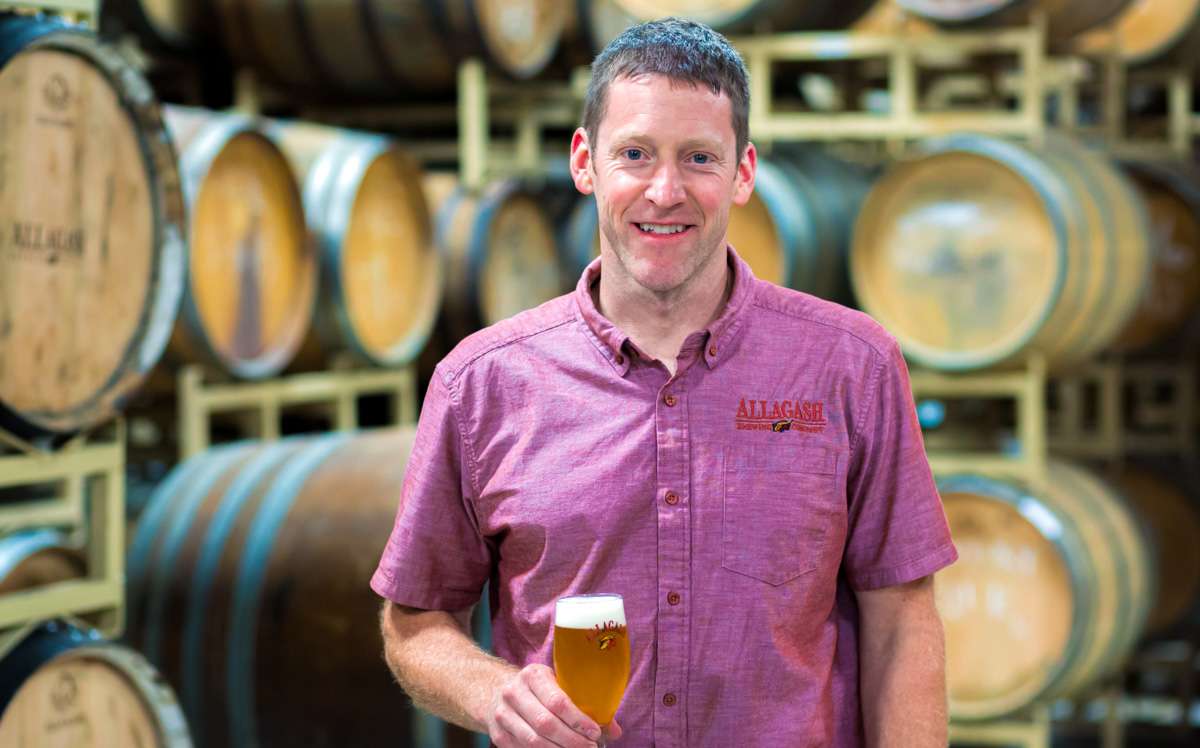
It hit 750,000 pounds in 2020 despite a sales drop due to the pandemic, and is on track to 1 million pounds this year, accounting for 15% to 20% of its overall grain usage.
“The reason for the hard number was to give our Maine growing and malting partners something to bank on,” says Jason Perkins, Allagash’s brew master and vice president of brewing operations. “That way, they could build out longer-term projects, knowing the demand would still be there.”
Perkins credits Maine Grain Alliance for helping Allagash make the connections to fulfill that promise.
“Networking events like the Kneading Conference are wonderful for us,” he says. “A lot of those conversations go back six or seven years at this point.”
Now Allagash is looking at possibly ramping up beyond 1 million pounds per year. Other brewers use Maine grain, too. The commitment is important, says Perkins. “We are not alone in this passion for local grain,” he says.
Says Noyes, “All of these interconnections are a recipe for success. It’s not just one aspect. It’s having the network of markets and people and conversations that allow it to grow.”
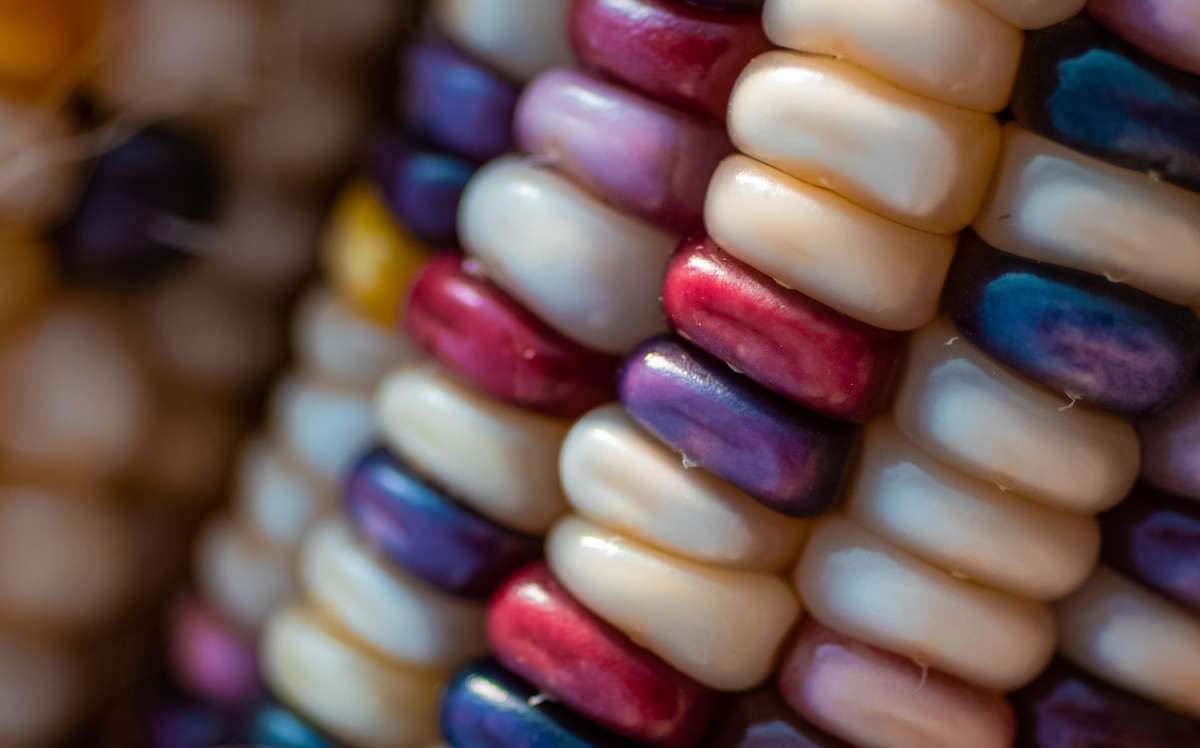






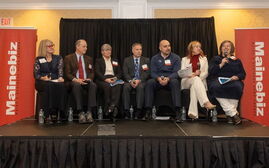







0 Comments